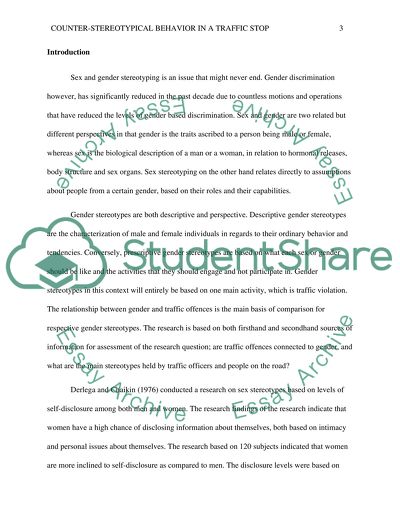Cite this document
(“The Effects of Counter-Stereotypical Behavior in a Traffic Stop Research Paper”, n.d.)
Retrieved from https://studentshare.org/psychology/1492533-the-effects-of-counter-stereotypical-behavior-in-a
Retrieved from https://studentshare.org/psychology/1492533-the-effects-of-counter-stereotypical-behavior-in-a
(The Effects of Counter-Stereotypical Behavior in a Traffic Stop Research Paper)
https://studentshare.org/psychology/1492533-the-effects-of-counter-stereotypical-behavior-in-a.
https://studentshare.org/psychology/1492533-the-effects-of-counter-stereotypical-behavior-in-a.
“The Effects of Counter-Stereotypical Behavior in a Traffic Stop Research Paper”, n.d. https://studentshare.org/psychology/1492533-the-effects-of-counter-stereotypical-behavior-in-a.


